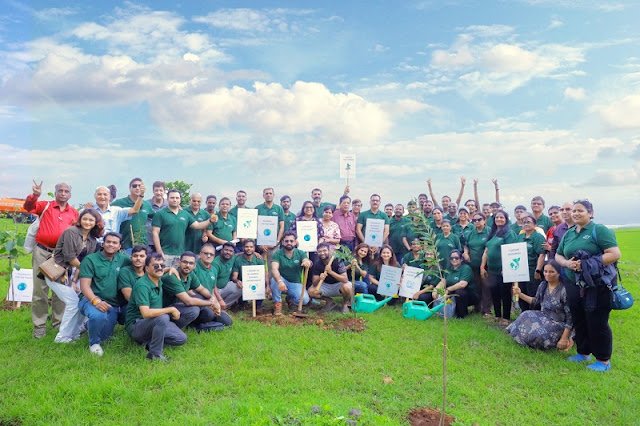In
the digital age, clean and consistent reference data such as country codes,
legal entity names, and industry classifications is the lifeblood of enterprise
operations. Yet, many global organizations still overlook its importance,
leading to fragmented systems, duplicated records, and costly delays in
everything from regulatory compliance to digital transformation initiatives.
Chandra
Sekhara Reddy Adapa, a veteran enterprise data architect at LabCorp USA with
over 16 years of experience, has set out to solve this long-standing problem.
In his recently published, peer-reviewed article “Global Reference
Data-as-a-Service Platform: Technical Architecture andImplementation”, Adapa
introduces a groundbreaking blueprint for turning static reference data into
dynamic, API-enabled, cloud-native services.
From
Data Afterthought to Strategic Asset
Traditionally,
reference data has been buried in spreadsheets and siloed ERP systems, making
it hard to govern, reconcile, and share across business units. Adapa’s
Reference Data-as-a-Service (RDaaS) model redefines this approach by designing
a secure, scalable, and governance-driven platform capable of serving reference
data as an enterprise-wide product.
The
architecture is built on containerized, cloud-native principles with
multi-region deployment capabilities, ensuring both performance and compliance
with regional data sovereignty laws. It integrates advanced API frameworks,
including REST, GraphQL, and OData, and enables real-time updates through
webhooks, eliminating the problem of stale data.
Built-in
Governance and Quality Control
A
hallmark of Adapa’s model is its robust data governance framework. Every
change to reference data is version-controlled, fully auditable, and tied to a
defined stewardship process. Automated validations catch inconsistencies before
they enter production, while change impact analysis ensures that downstream
systems remain unaffected by critical updates.
Human
oversight remains central, with domain-specific data stewards across legal,
finance, and operations assuring that each update meets business, compliance,
and operational needs. This governance-first design has made the RDaaS platform
a strategic enabler for enterprise stability and innovation.
Seamless
Global Integration
The
RDaaS model is built for interoperability, capable of harmonizing data from
global standards bodies like ISO and GS1, regulatory feeds, and licensed
vendors. Its automated pipelines detect and process only relevant changes,
reducing noise while ensuring accuracy. Even in cases of upstream failures or
schema changes, the system remains operational thanks to intelligent fallbacks
and retry mechanisms.
Future-Ready
for Enterprise Transformation
By
combining cutting-edge cloud architecture with rigorous governance, Chandra
Sekhara Reddy Adapa’s RDaaS framework positions reference data as a
catalyst for digital transformation, not a barrier. It empowers enterprises to
make faster, more accurate decisions, improve cross-system interoperability,
and reduce operational risks that can cost millions.
In
an era where insufficient data hampers growth and innovation, Adapa’s
work offers a proven, operationally validated path forward, solidifying his
reputation as a global leader in enterprise data architecture and governance
innovation.

.webp)


